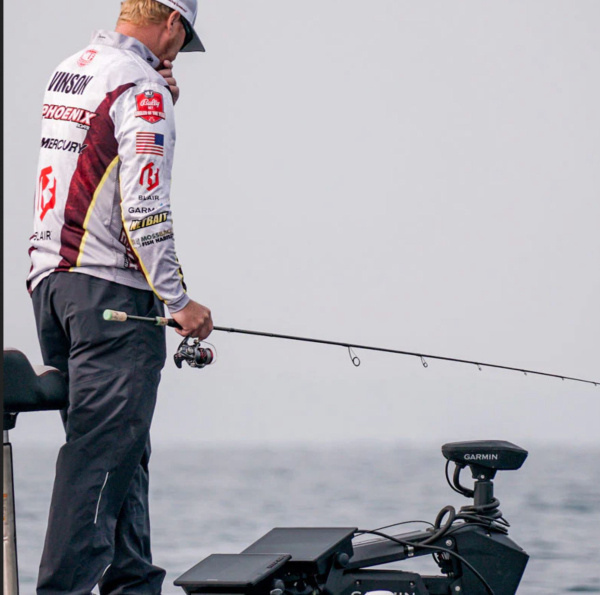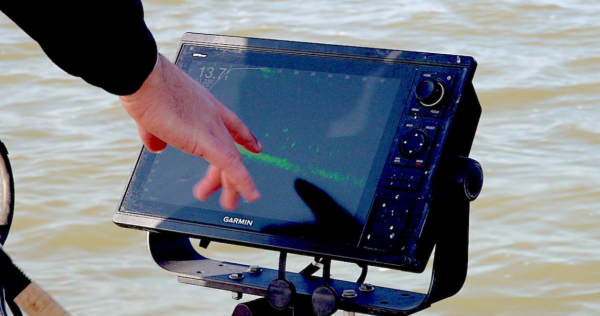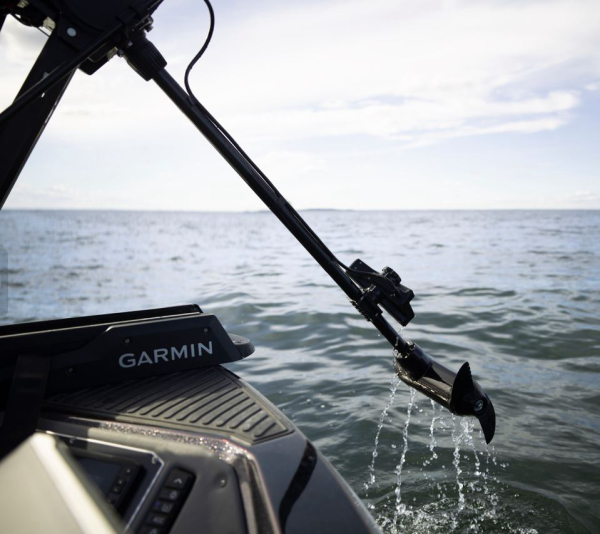
Wisconsin has become the first state to officially ask the question that has been in the mind of a lot of anglers for the last decade or so—is electronic technology getting too good, to the point where anglers using systems like forward-facing-sonar/livescope/360 imaging are finding all the reserve fish that used to escape harvest and catching them? The state DNR is currently conducting a survey that includes this question:
With the ability of these types of units to detect fish, as far as 180’ from the user, anglers have become more efficient at locating and catching fish. This type of pressure could reduce fish populations, which may lead to reduced bag limits for anglers.
Would you support banning the use of live scopes, and similar 360° imaging electronics in all Wisconsin waters?
The survey did not come out of the blue—it’s a response to what a fair number of anglers have been mumbling under their breath for the last decade or more. The best equipped recreational anglers now have fish finding technology far beyond anything imagined formerly, and there are more people buying it every season.

The technology probably won’t have much impact on largemouth and smallmouth bass, the two species which are most sought in big money freshwater tournament events, because very few anglers who can afford it are fishing for food. It’s all about catching them, keeping them healthy to weigh-in, and then hopefully releasing them back to the same waters in good health.
While perhaps 10% of these fish are lost, most survive per extended studies by several states. (Moving them around, especially during spawning season, no doubt has an impact, but it only takes a few successful spawners to keep fish numbers high in these species, per most state biologists.)
But what about fish that are too tasty for most of us to release like walleyes and salmon, or those that don’t survive handling well, like striped bass and, in saltwater, spotted seatrout? Lots more fish caught and kept? During periods when the fish are schooled in open water, that will probably be the case.
The have/have not issue is mostly economic. Anglers who fish for a living and those who are sponsored by fishing companies can afford this technology, currently around $2200 for the most basic setup and more like $5,000 to $10,000 for a full multi-screen array. The vast majority of those who fish for weekend recreation can’t justify that kind of investment. The rich folks have it, the rest of it don’t. A sure recipe for rebellion.

Of course, there has always been a de facto economic bar to some fisheries—the average guy is never going to catch a blue marlin. It’s just too costly. Either you charter a boat to take you out there for what amounts to over a week’s pay for most of us, or you own a boat that can fish offshore, and that likely costs at least as much as the houses most of us live in and maybe 10 times that.
If it comes down to managing by vote, forward scan probably loses—there are a lot more anglers who don’t have it and never will be able to than there are who do have it.
But that’s a slippery slope. If we start managing based on public opinion rather than fishery science, things can get out of whack pretty quickly in the direction of things like total fishing bans supported by well-meaning non-fishing folks, who outnumber we of the clan considerably, and whose numbers grow with every generation.
Be that as it may, it will be interesting to observe the result of the Wisconsin survey, and also to see whether it triggers other states to start looking in the same direction.
— Frank Sargeant
Frankmako1@gmail.com